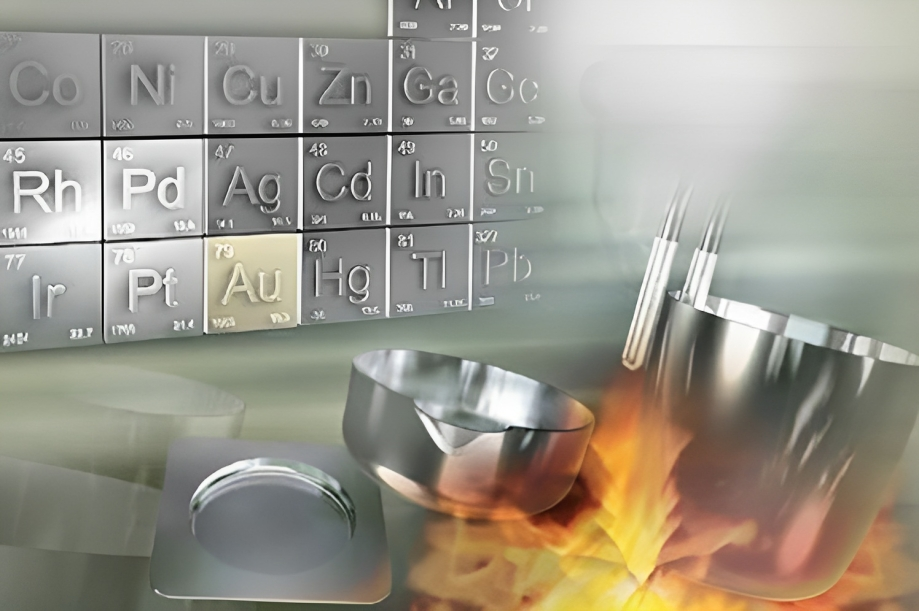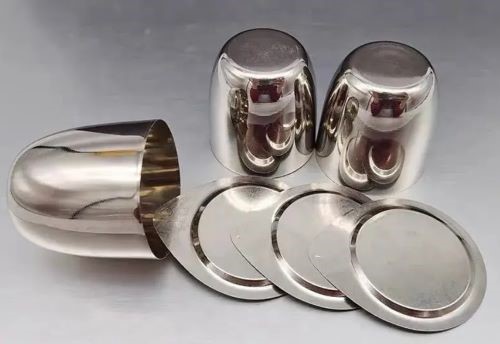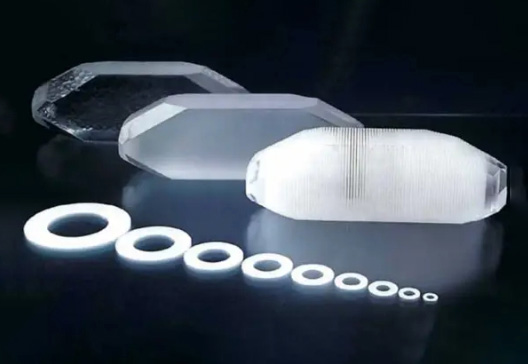How to Maintain Platinum Crucible
Introduction
Platinum crucibles are invaluable tools in analytical processes, offering exceptional properties that make them essential for various applications. This guide, brought to you by Stanford Advanced Materials, emphasizes the importance of proper maintenance to ensure the longevity and effectiveness of platinum crucibles.
1. Purity Matters:
For optimal performance, it's crucial to use platinum of high purity, specifically ≥99.95%. This fine-manufactured material undergoes processes like high-frequency melting, forging, and rolling, resulting in a high-quality finish. Before initial use, a brief treatment with dilute hydrochloric acid followed by a thorough rinse clears the surface of potential contaminants.

2. Operating Temperatures:
It is vital to understand the melting point of platinum, which is 1770℃, and its operating temperature above 1300℃. Prolonged exposure to temperatures exceeding 1400℃ can lead to severe deformation, emphasizing the need for cautious temperature management.
3. Caution with Materials:
Platinum crucibles should never come into contact with carbon, iron, or lead during use. These materials can compromise the integrity of platinum, making it brittle and susceptible to cracking. Carbon, in particular, is soluble in platinum at high temperatures, necessitating careful consideration in handling.
4. Chemical Compatibility:
While platinum is not corroded by monoacid, it is susceptible to strong corrosion when exposed to a mixed solution of nitric acid and hydrochloric acid. Avoidance of such corrosive environments is essential to preserve the structural integrity of the platinum crucible.
5. Corrosion Considerations:
Certain substances, including molten Na2SO4, NaOH, NANO3, and Na2CO3, can mildly corrode platinum containers. Awareness of these potential corrosive agents is crucial to prevent unintended damage during use.
6. Handling at High Temperatures:
When dealing with platinum containers at elevated temperatures, it's recommended to use stainless steel crucible clamps with platinum heads provided by the manufacturer. Using rusted crucible clamps is strictly discouraged to prevent any adverse effects on the platinum container.

7. Periodic Maintenance:
Regular inspection and maintenance are necessary for platinum crucibles. If contaminants or adhesive materials are present on the surface after extended use, boiling with dilute hydrochloric acid or processing with hydrofluoric acid can effectively remove debris.
8. Enhancing Strength with Gold:
Consideration can be given to adding 5% of gold (Au≥99.95%) to platinum, resulting in platinum-gold-5 containers. This modification increases the material's strength by 30%, offering advantages in certain applications like X-fluorescence.
9. Deformation Management:
Deformation over time is normal for platinum crucibles. Shape correction treatments are recommended to restore their original form. For frequent use, a visit to precious metals manufacturing enterprises every six months for re-purification ensures consistent quality.
10. Storage Recommendations:
Platinum crucibles, resistant to direct oxidation, should be stored in a clean, dry, and secure environment. Prevent collisions with other hard metals to maintain their integrity.
Conclusion
Proper maintenance practices are fundamental to ensuring the longevity and effectiveness of platinum crucibles. By adhering to these guidelines, users can harness the full potential of these invaluable tools in analytical processes. Stanford Advanced Materials remains dedicated to providing high-quality materials and contributing to advancing analytical technologies.



